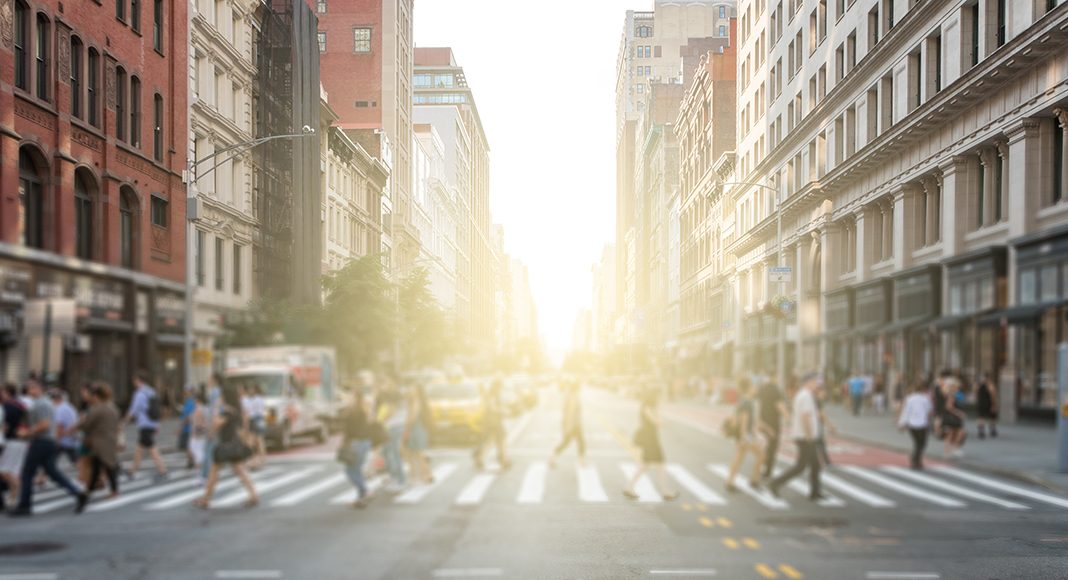The number of pedestrians killed on U.S. roads in 2016 was the highest since 1990.
And, according to a new report by the Insurance Institute for Highway Safety (IIHS), the increase has been mostly in urban or suburban areas, at non-intersections, on arterials—busy roads that funnel traffic toward freeways—and in the dark.
“Understanding where, when and how these additional pedestrian crashes are happening can point the way to solutions,” said IIHS President David Harkey. “This analysis tells us that improvements in road design, vehicle design and lighting and speed limit enforcement all have a role to play in addressing the issue.”
A total of 5,987 pedestrians were killed in crashes in 2016, accounting for 16 percent of all crash fatalities.
For the study, IIHS researchers looked at pedestrian crash data from 2009–16 to pinpoint the circumstances under which the largest increases occurred. Using federal fatality data and crash numbers, the researchers looked at roadway, environmental, personal and vehicle factors to see how they changed over the study period. They also looked at changes in the number of pedestrian deaths relative to the number of pedestrians involved in crashes.
Not only have pedestrian crashes increased, found researchers, but they have also become deadlier. Deaths per 100 crash involvements increased 29 percent from 2010, when they reached their lowest point, to 2015, the most recent year that data on all crashes, including non-fatal ones, were available.
Pedestrian deaths increased 54 percent in urban areas, which include both cities and what most people consider suburbs. They also increased 67 percent on arterials, 50 percent at non-intersections and 56 percent in the dark.



















